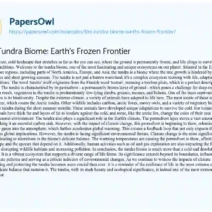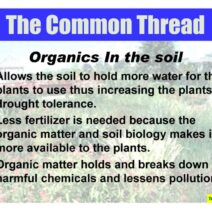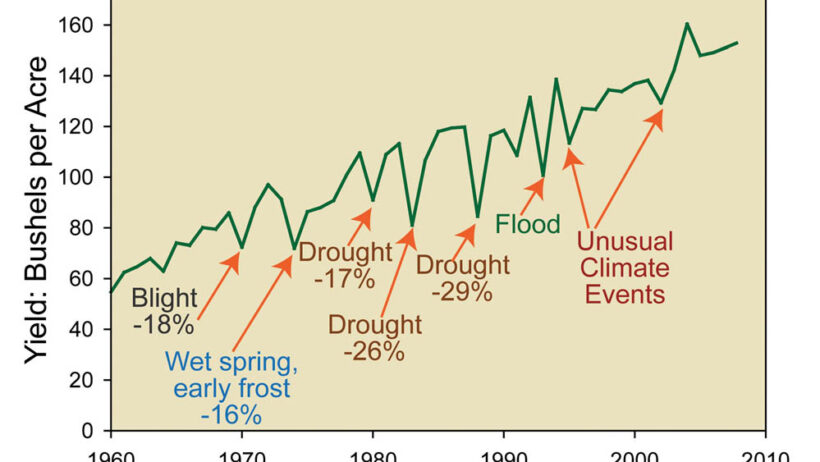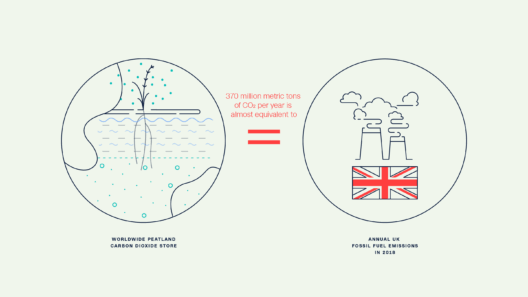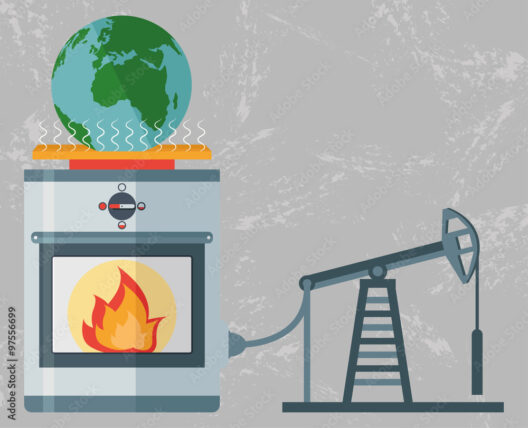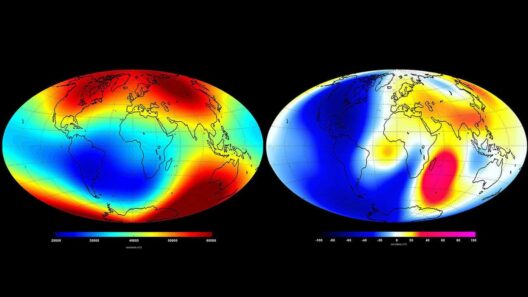Agriculture, often heralded as the cornerstone of human civilization, paradoxically embodies one of the most significant contributors to climate change. As the global population continues to expand, the demand for food surges, propelling agricultural practices into overdrive. This escalation is not bereft of consequences; in fact, certain agricultural methodologies and associated behaviors facilitate the perilous augmentation of greenhouse gas emissions. This intricate relationship not only dissects the operational dynamics of food production but also raises profound questions about sustainability, environmental ethics, and the very future of our planet.
One of the predominant culprits in the agricultural sector is the practice of monoculture. Cultivating vast expanses of a single crop reduces biodiversity, leading to soil depletion and the consequent reliance on chemical fertilizers and pesticides. These inputs, while beneficial in the short term, release extensive amounts of nitrous oxide—a greenhouse gas with a global warming potential that is approximately 298 times greater than carbon dioxide over a 100-year period. The fixation of nitrogen in fertilizers may address immediate agricultural needs, yet it bears a hefty environmental toll, particularly when runoff leads to waterway eutrophication, disrupting aquatic ecosystems and further exacerbating climate issues.
Moreover, livestock farming amplifies the crisis. The rearing of cattle, sheep, and goats, predominantly for meat and dairy production, generates a substantial volume of methane—a potent greenhouse gas emitted during digestion and decomposition of manure. The sheer scale of industrial farming practices means that billions of livestock are contributing to atmospheric methane levels, significantly impacting global warming. Interestingly, while agricultural land use accounts for about 50% of Earth’s habitable surface, the ecosystem degradation it causes—including deforestation—affects the planet’s natural carbon sink capacity. Trees, which sequester carbon dioxide, are often felled to create grazing land or grow feed crops, further amplifying the climatic threat.
Agricultural emissions do not simply halt at methane and nitrous oxide; carbon dioxide emissions are also a significant concern. The plowing of soil disrupts carbon sequestration, releasing stored carbon back into the atmosphere. Soil management practices that fail to consider regenerative techniques contribute to this cycle of carbon release. Practices like traditional tilling expose carbon-rich organic matter to air, allowing it to oxidize and escape as carbon dioxide. This, combined with the deforestation often associated with expanding agricultural land, results in a double whammy for atmospheric carbon concentrations, further intensifying the greenhouse effect.
Inefficient resource utilization can exacerbate these agricultural contributions to climate change. Water-intensive crops, for instance, require significant irrigation, often drawing from unsustainable sources. The energy expended in pumping and distributing water is frequently reliant upon fossil fuels, resulting in additional carbon emissions. Furthermore, excessive water usage can lead to salinization of soils, rendering them unproductive—creating a vicious cycle that necessitates even more intensive chemical use to sustain yields.
In addition, the quest for higher yields propels many farmers toward genetically modified organisms (GMOs) and other technological interventions. While these innovations promise increased efficiency and resilience to climate variability, they can often lead to long-term ecological consequences. The genetic uniformity bred into these crops can make them more susceptible to pests and diseases, prompting a heavier reliance on chemical treatments. The cyclical interplay of agricultural biotechnology and atmospheric emissions illustrates the complexity of achieving true sustainability within food systems.
Food waste, often overlooked in discussions about agricultural practices, also warrants attention in the context of emissions. Approximately one-third of food produced for human consumption is lost or wasted globally. The environmental implications of this waste are staggering: decomposing organic matter in landfills generates methane, whilst the energy, water, and resources expended to produce, transport, and process this food contribute to a staggering carbon footprint. Addressing food waste through better practices and consumer education could mitigate many greenhouse gas emissions associated with agriculture.
Transportation, distribution, and processing of agricultural products are additional facets deserving scrutiny. The globalized food system has amplified food miles, whereby products are transported vast distances, often utilizing carbon-emitting modes of transport. Complex supply chains, often reliant on refrigeration and storage, further exacerbate the total emissions associated with food production. The confluence of these processes illustrates the intricate web of environmental impacts rooted in agricultural productivity.
Transitioning toward more sustainable agricultural practices manifests as a critical remedy in curbing climate change. Techniques such as agroforestry, organic farming, and regenerative agriculture present viable pathways to mitigating greenhouse gas emissions while enhancing soil health and biodiversity. Agroecological approaches harness the principles of ecology to design sustainable farming systems that consider local contexts and foster resilience to climate variability.
Moreover, promoting plant-based diets can serve as a significant lever for reducing agricultural emissions. By curtailing meat and dairy consumption, individuals can directly influence the demand for resource-intensive livestock farming. Engaging in sustainable agricultural practices, such as permaculture and local sourcing, bolsters community resilience while minimizing the carbon footprint associated with food consumption.
Ultimately, the interface between agricultural practices and climate change underscores a paradox that must be addressed. The very systems that have enabled human advancement also lay the groundwork for an environmental crisis. As the specter of global warming looms larger, it is incumbent upon societies to reassess agricultural methodologies, embrace innovative practices, and forge pathways toward a sustainable future. Balancing the immediate needs of food security with the long-term goal of planetary health is not merely an ethical imperative—it is a necessity for the survival of humanity and the preservation of our environment.
